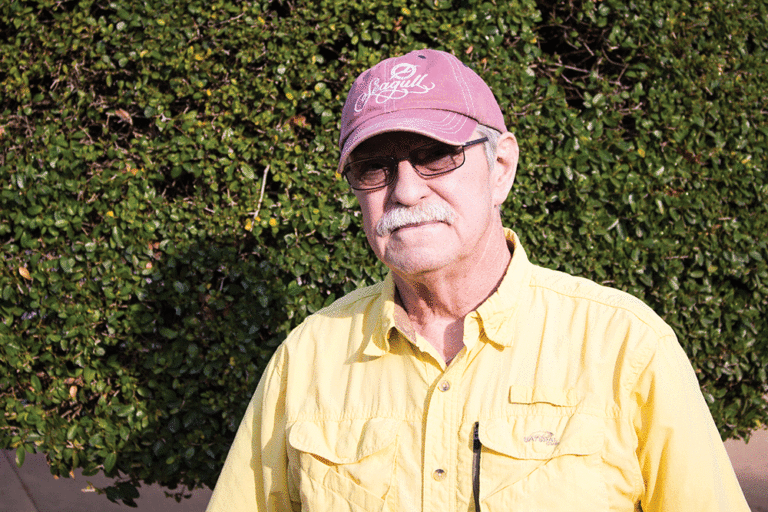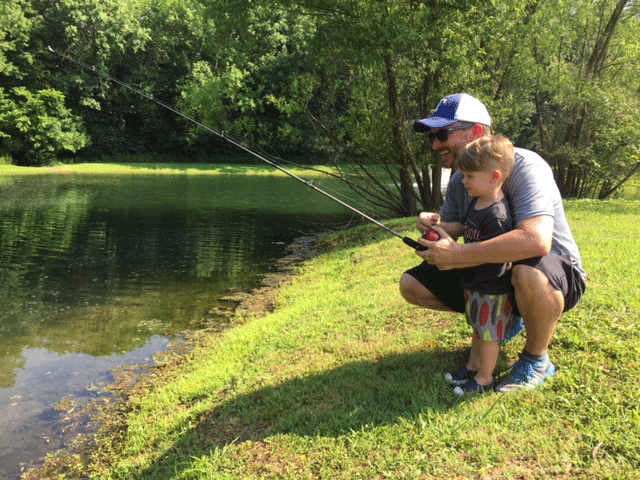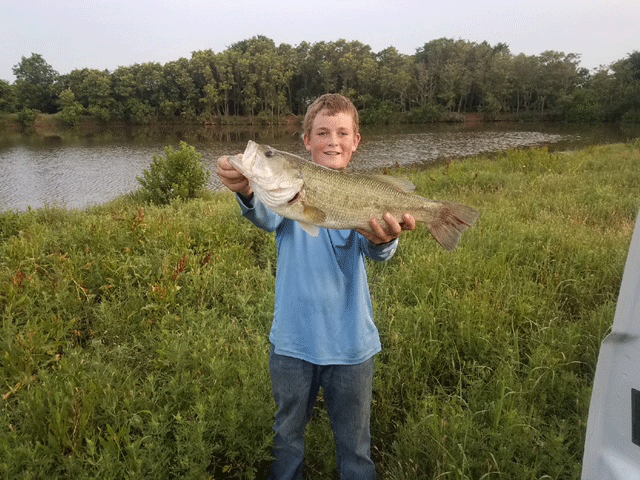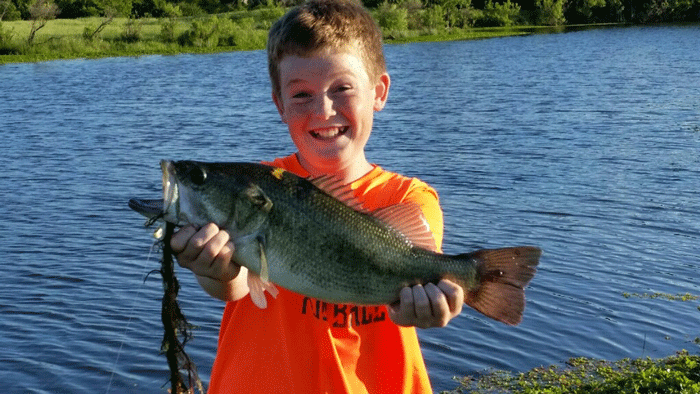
Daylight savings time arrived this past weekend, and it signals my official start to “get ready for fishing season!” With the temps in the 60s and 70s in the afternoons and with plenty of sunshine to warm the shallows, the big bass will start cruising the shallows of your favorite spot.

The crappie bite and bass spawn is just around the corner we should all be smiling. It’s early spring—that funky time of year when the bass bite isn’t dead but it isn’t exactly on fire either. During the prespawn and spawning periods, when the water is still chilly, success with big bass has a lot to do with patience, being methodical in your presentation, and giving the fish a meal they can’t pass up no matter how lethargic they’re feeling. The beauty of early-spring bass fishing is that while bites may be fewer, you’re a lot more likely to connect with true trophies in the form of egg-laden females looking for some solid protein before taking to spawning beds, or heavy girls protecting their beds. If you struggle at this time of year—or don’t fish at all because you don’t think the bite is on—these tricks will help catch some big bass long before your favorite summer bite kicks into high gear.

During winter, fish often hole up in deep water with a soft bottom, and that holds true for both lakes and ponds. In the early season, you’ll find these fish in those same winter haunts before the water is warm enough to prompt them to move shallow to spawn. These bass can be glued so tightly to the bottom that you won’t even mark them on your sounder, and it’s not uncommon for fish to have mud streaks on their bellies when you catch them.
They tend to be lazy, so presenting a bait that takes minimal effort for them to eat is key. It also doesn’t hurt to choose a lure that will kick up puffs of mud as it moves, like a sculpin or crayfish, to help draw attention.
Soft-plastic tubes shine in this scenario. Where you can get away with a long cast over a prime location, sometimes simply letting the tube slowly drag on the bottom works best.

Jerkbaits are one of my favorite early-season lures. When bass begin to transition from deep water to the shallows, these baits cover plenty of water, which is key because the bass are often cruising a large area. Jerkbaits prompt reaction strikes, which is why you’ll see many anglers working them as hard and fast as possible. It’s a great technique during warmer times of year, but in early spring, it pays to pause for a long time.
When my jerkbait first touches down, I’ll give it a few hard rips just to make it dive, but after that, I’ll let it sit for five to 10 seconds without doing a thing. A suspending jerkbait works best for this method, although a floating model that rises slowly can be just as effective. The initial movement often catches a fish’s attention, but this time of year, the bass may not swim over at 100 mph to crush the lure if you continue moving it. The long pause gives any fish attracted by the initial motion time to swim over for a look. Sometimes they’ll strike at the paused bait. Most of the time, however, I find that the hit comes during that first twitch right after the pause.
As the waters continue to warm, early mornings and late evenings are my favorite times to cast. I like to cast and retrieve a spinner bait over likely spawning areas. You might try slow retrieve of a slider type rig with a soft plastic trailer works great! While using short lifts and pauses through likely spawning areas. You watch your line carefully to detect any movement of a soft take.
There is nothing any more satisfying than to be on your favorite Oklahoma waters, watching the sun give us another glorious sunset, while you pause a moment to thank “Our Creator” just before you return that six pound bass back to it’s home!
Get out and enjoy your Oklahoma.